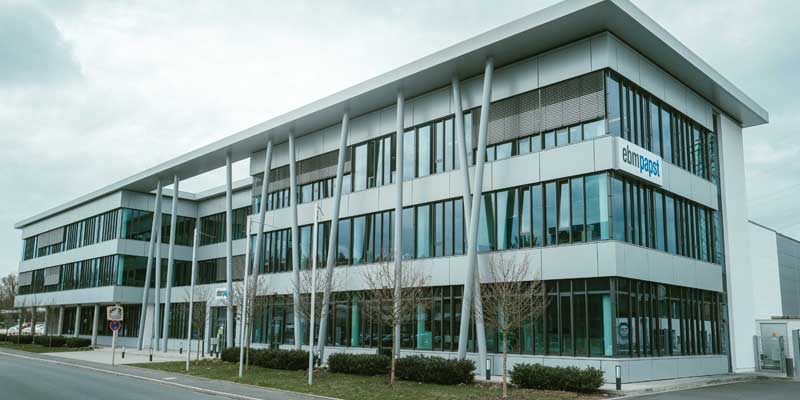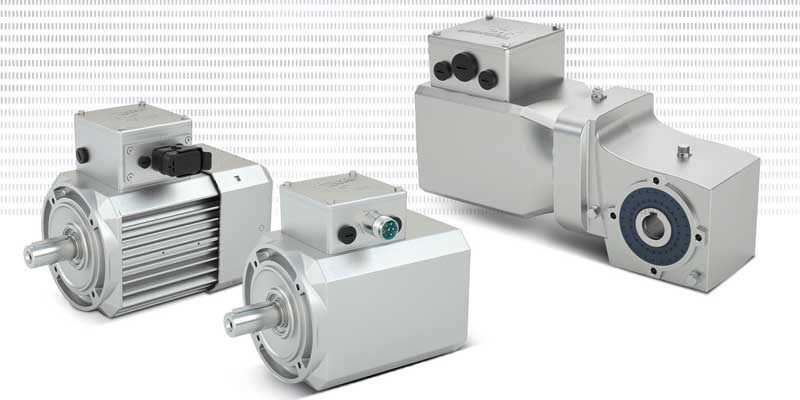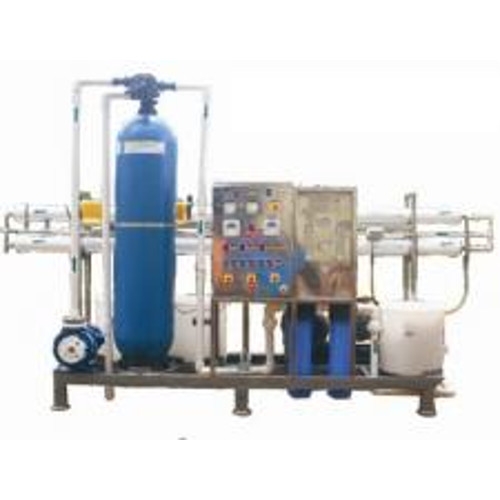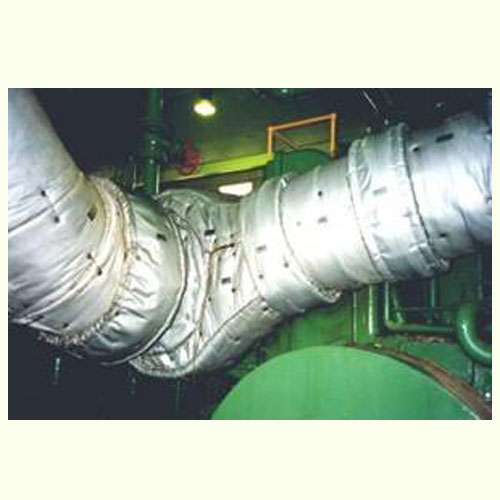Schedule a Call Back
IR sensor 2.0: Key to success in the connected world
 Technical Articles
Technical Articles- Dec 01,18

Related Stories

Indore’s RR CAT plans AI-driven innovations in welding
RRCAT’s proposal, which aligns with the government's AI (artificial intelligence) vision in Amrit Kaal, has already secured approval at the Department of Atomic Energy (DAE) level.
Read more
Impact of Siemens’ new acquisition on industrial drive market
Siemens’ acquisition of ebm-papst’s industrial drive technology (IDT) business opens up wider global market access for these products, leveraging Siemens’ extensive global sales channels, says..
Read more
NORD to showcase drives for environmental technology at IFAT 2024
NORD will present its drive solutions for the industry at IFAT 2024 - the leading trade fair for water, wastewater and waste management in Munich.
Read moreRelated Products

Industrial Desalination System
Shakunth Aqua Products offers a wide range of industrial desalination system. Read more

Industrial Castors & Wheels
H M Gulamali offers a wide range of castors and wheels manufactured by Blickle, Germany. Read more
Foxconn, Nvidia join forces for AI factories revolutionising tech production
Taiwanese technology giant Foxconn and leading US hardware company Nvidia revealed their partnership to establish "AI factories," advanced data processing centres geared toward driving the production Read more













